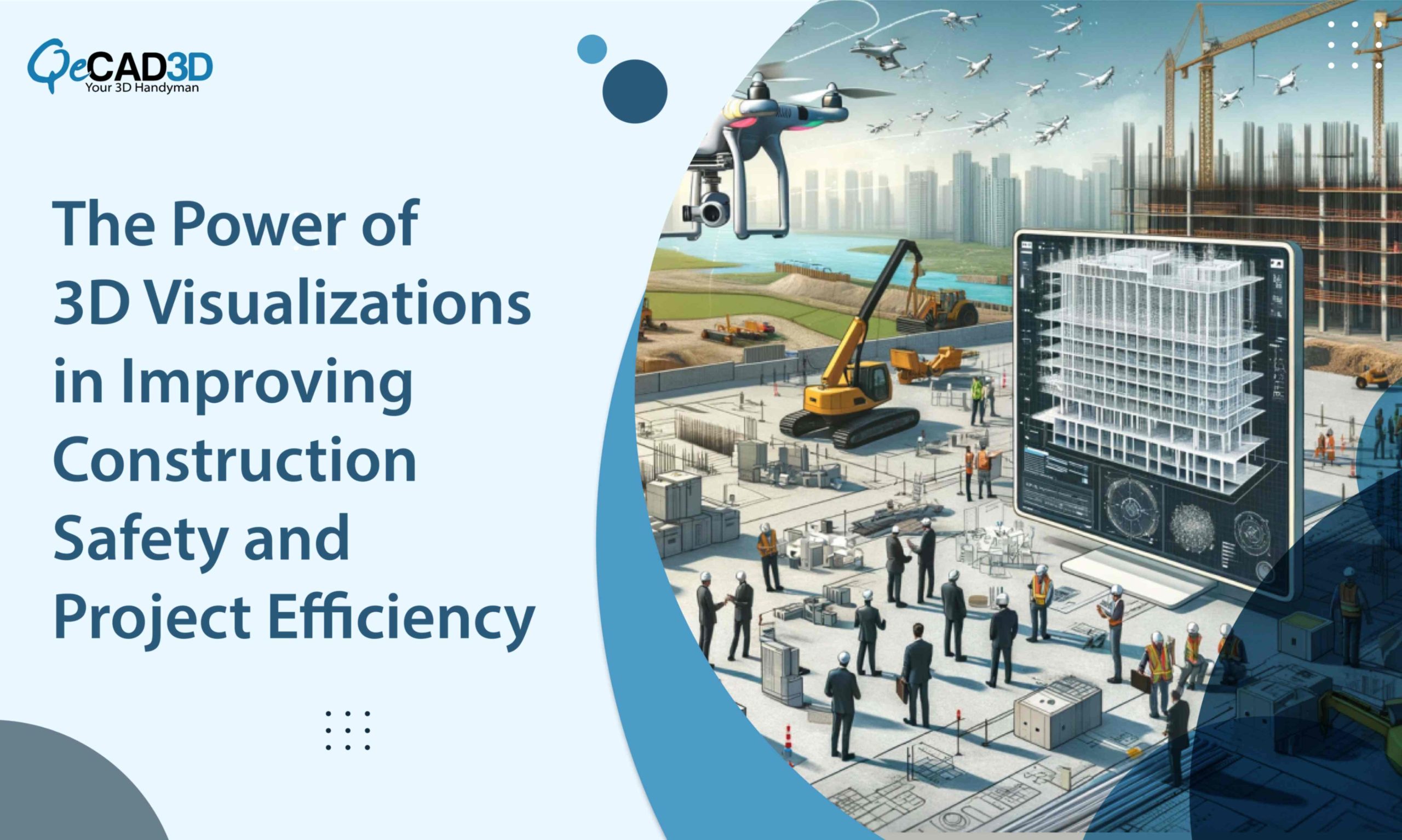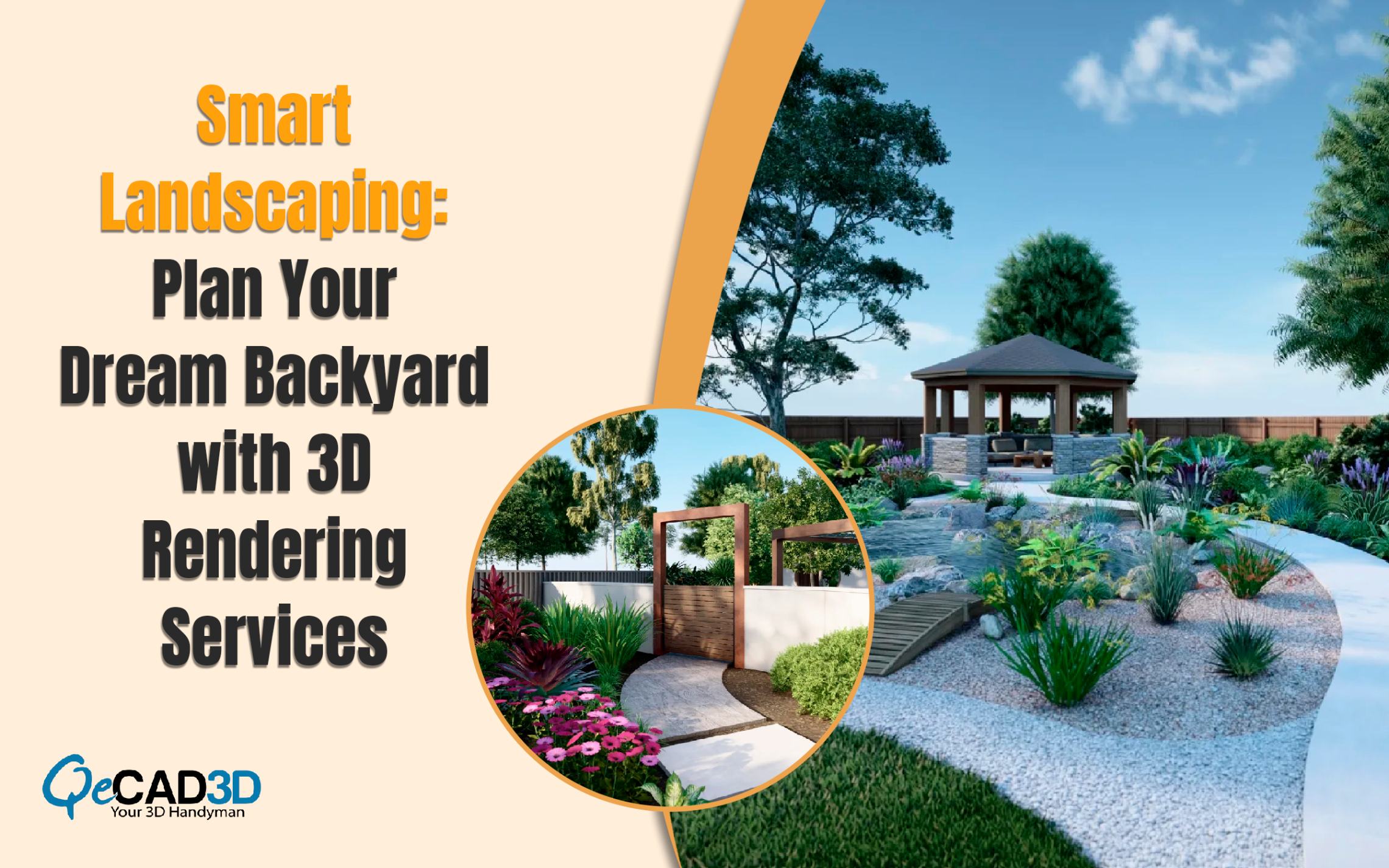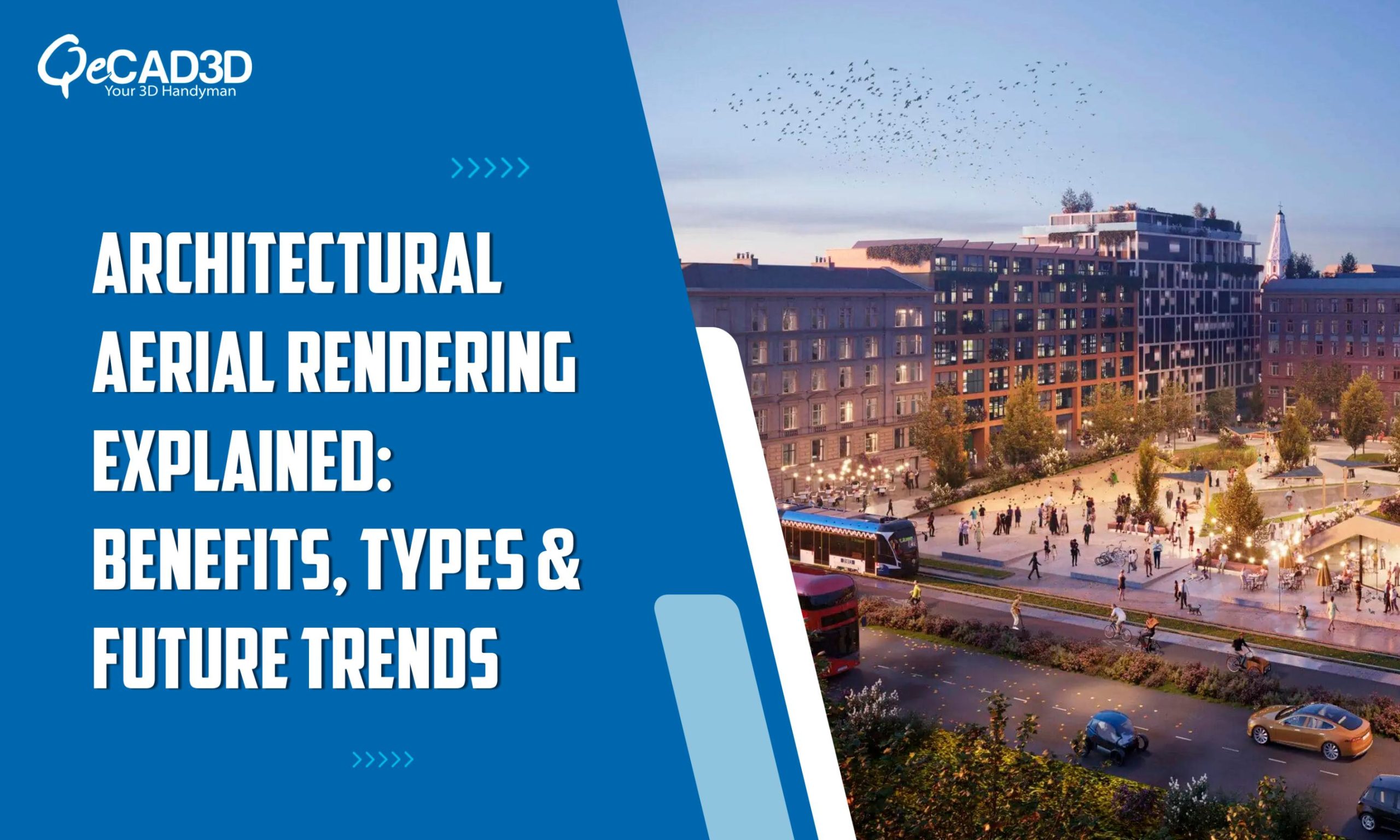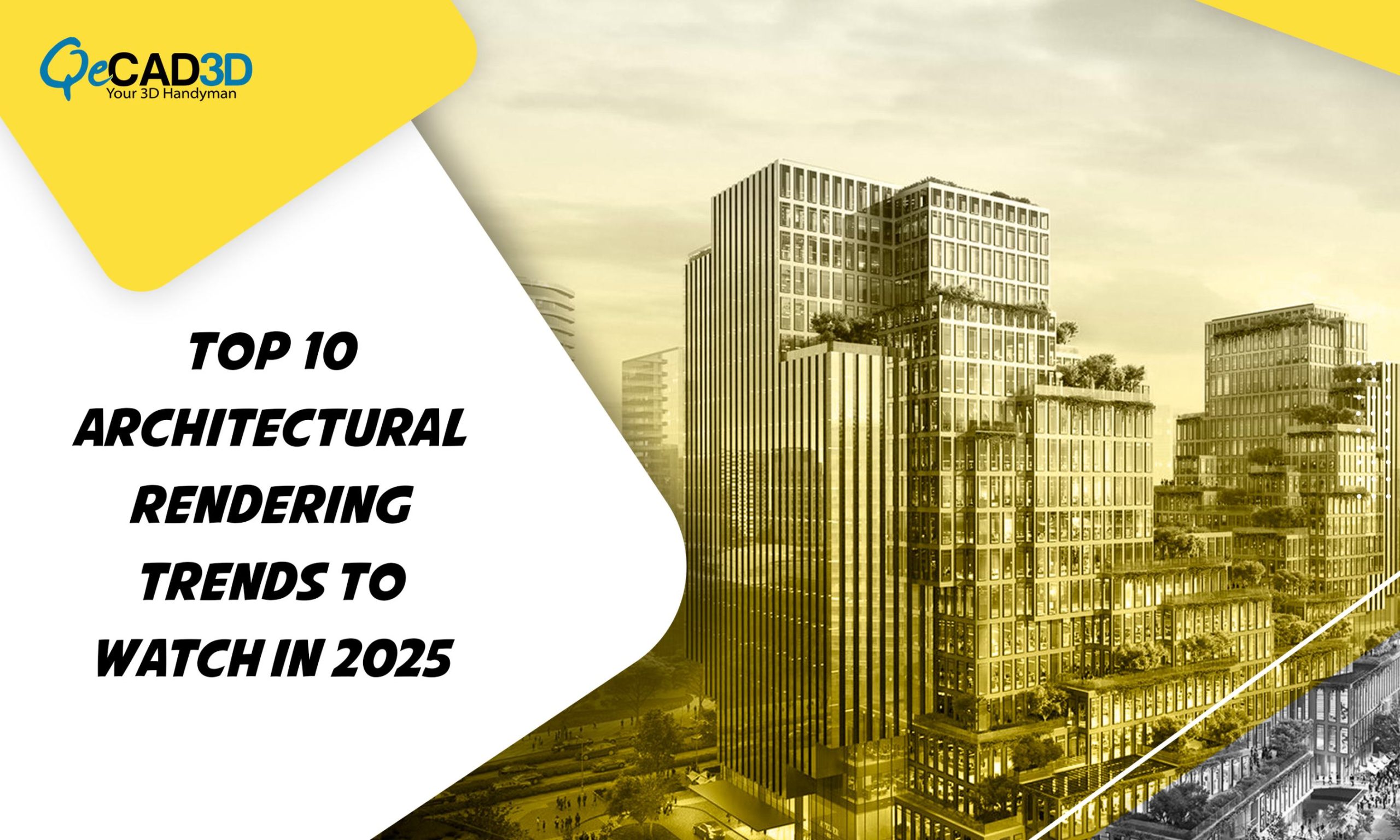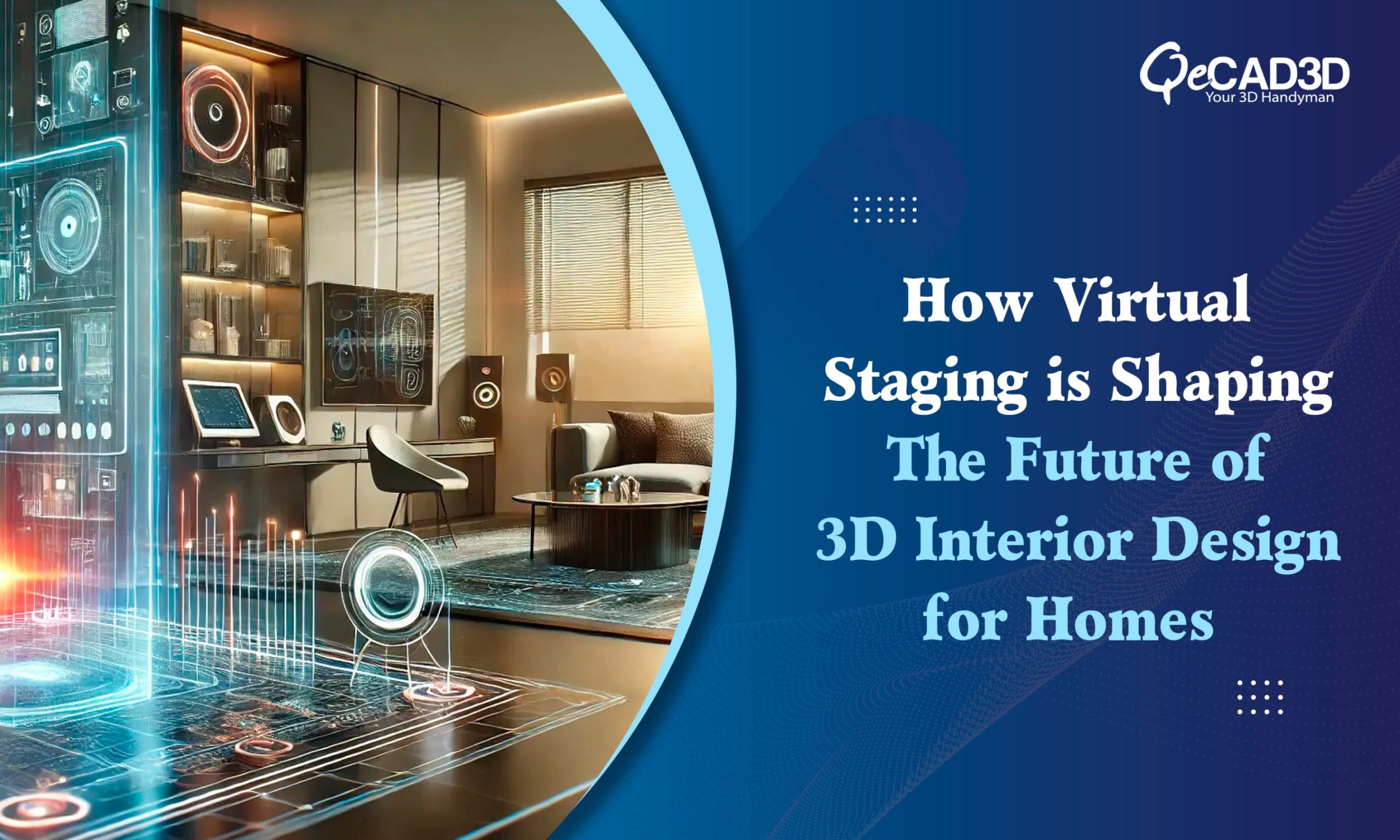The Power of 3D Visualizations in Improving Construction Safety and Project Efficiency
Construction projects, especially large-scale ones, entail considerable complexity and built-in risks. With numerous moving parts, diverse teams as well as intricate designs, the need to minimize errors and improve safety becomes paramount. Traditional 2D blueprints are effective but often fail to capture the complete scope of a construction site. This is where 3D Rendering Services come into play. They provide a dynamic, interactive way of understanding project details, fostering better collaboration ultimately improving safety outcomes.
1) Simplifying Complex Designs with Visual Clarity
Construction designs often involve layers of complex architectural, structural, and mechanical details that can be overwhelming when viewed on 2D drawings. Visualizations and 3D animations offer a way to:
- Bridge the gap between technical drawings and real-world implementation: By converting blueprints into 3D models, the stakeholders including non-technical team members also can better understand the design intent and spatial relationships.
- Enable better planning and coordination: With visualizations, it becomes easier to identify clashes between various building systems such as plumbing and electrical systems, before even the construction begins. This saves time and prevents costly rework.
- Enhance communication across teams: Interactive 3D models make it simpler for architects, engineers, contractors and clients to visualize the final outcome. They can walk through the project virtually fostering clearer communication and helping to address potential challenges early on.
2) Improved Safety Planning and Hazard Detection
Construction is one of the most hazardous industries, making safety planning critical. Using 3D animations allows teams to:
- Identify potential safety hazards before they occur: By simulating different phases of the construction process, the workers can visualize the placement of equipment, scaffolding and materials thereby ensuring safe practices. 3D animations highlight dangerous zones like areas prone to falling debris and help identify ergonomic risks.
- Create detailed site simulations for safety training: Virtual reality (VR) simulations based on 3D animations enable construction workers to immerse themselves in a replica of the job site. They can practice navigating the complex areas, how to safely operate machinery and identify possible hazards—all without real-world risks.
- Improve emergency response planning: In the event of an on-site emergency such as a fire or gas leak, 3D visualizations can simulate evacuation routes and show the most efficient ways to navigate the site under duress. These animations also allow safety managers to conduct drills based on realistic scenarios, further enhancing preparedness.
3) Enhanced Collaboration and Stakeholder Involvement
Construction projects are collaborative efforts between multiple stakeholders like clients, designers, contractors and government agencies. Visualizations and 3D animations bring them all onto the same page by:
- Providing a common language: While stakeholders might come from different professional backgrounds, 3D models serve as a universal point of reference thereby reducing the chances of miscommunication and ensuring that everyone understands the project’s scope and challenges.
- Enabling remote collaboration: In today’s increasingly connected world, team members may be located across. Cloud-based 3D visualizations and virtual site tours allow remote team members to participate in project discussions without needing to be physically present.
- Facilitating client approvals: Clients frequently find it challenging to envision the final result based on traditional blueprints. With 3D animations they can virtually walk through the space, make design changes or approve certain elements with greater confidence, ensuring the project moves forward without delays.
4) Optimizing Construction Phases with Sequencing and Simulation
The major challenge in construction is coordinating the various stages of a project—foundation, structural, mechanical and finishing work. 3D animations streamline this by:
- Simulating construction sequences: Animated construction sequences show the timeline of the build from breaking ground to the final finishes. By visualizing how different elements fit together, project managers can better sequence tasks and allocate resources efficiently.
- Spotting potential delays or disruptions: A visual representation of the construction process helps to foresee where delays may occur due to equipment placement or conflicting schedules ultimately ensuring that contingencies are planned for in advance.
- Mitigating risks of overlapping tasks: By simulating workflows, 3D animations can show where tasks might overlap or interfere with one another thereby reducing the risk of accidents caused by miscommunication or unsafe practices during high-risk stages.
5) Post-Construction Insights and Facility Management
Visualizations and 3D models don’t just serve a purpose during the construction phase; they are also invaluable for post-construction facility management. These tools can help:
- Create as-built models for maintenance and operations: 3D models serve as an accurate reference for the completed structure aiding in future maintenance, repairs or renovations. Facility managers can use these models to locate specific systems or components and ensure compliance with safety protocols.
- Provide insights into building performance: Post-construction visualizations can simulate energy efficiency, airflow and other building performance factors, offering insights into how well the structure will operate under different conditions. This data can be used in making inform decisions on how to optimize building systems to reduce operational risks and improve safety for occupants.
Conclusion
The benefits of visualizations and 3D animations in construction are undeniable. By simplifying complex designs, improving safety planning, enhancing collaboration, optimizing project phases and providing valuable post-construction insights, Virtual Reality Services are transforming the way construction projects are managed. Most importantly, they play a critical role in improving safety outcomes, reducing accidents along with ensuring a streamlined and more efficient construction process from beginning to end.


